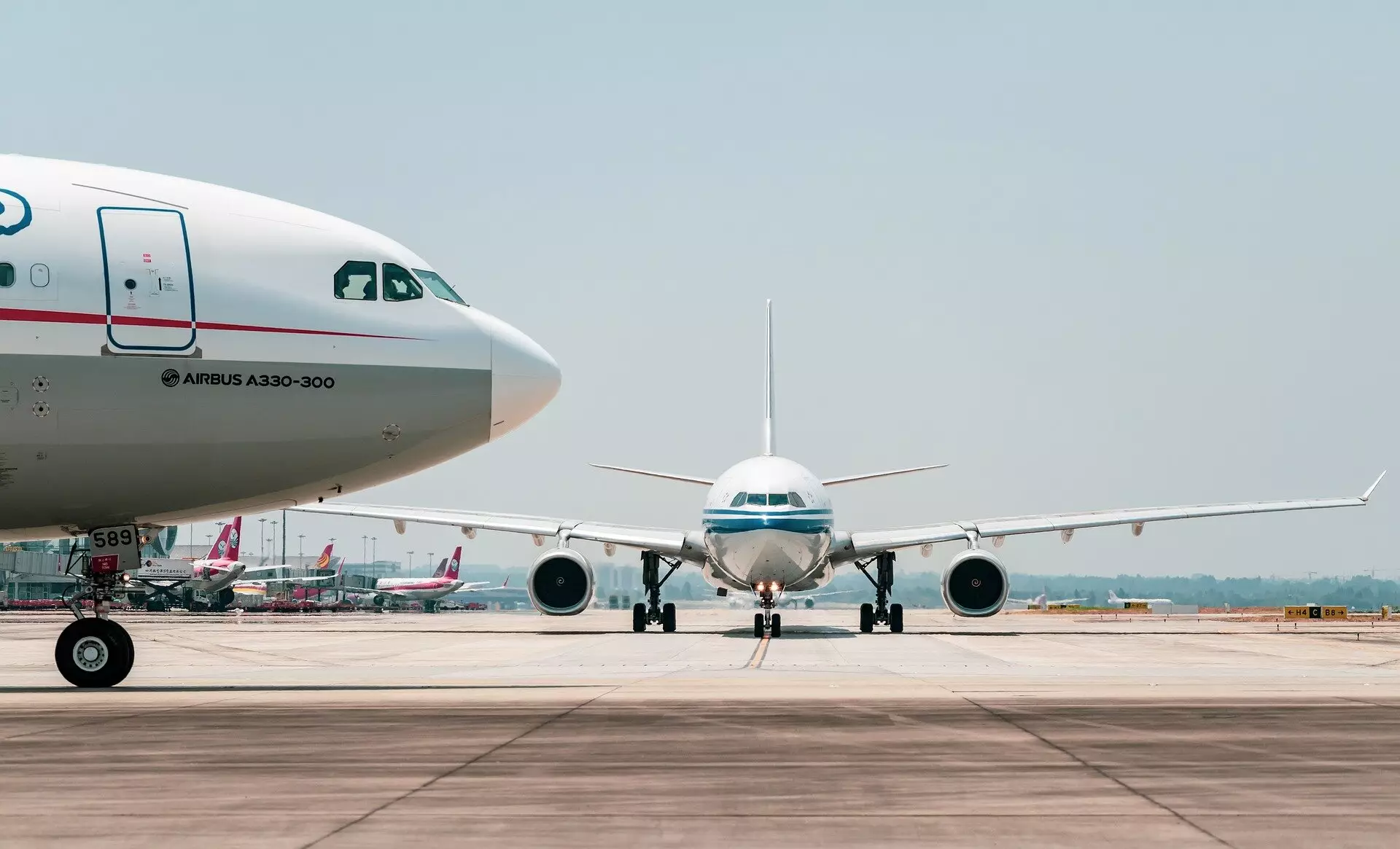Aviation has been a significant contributor to global greenhouse gas emissions, and despite bold commitments from governments and leading players in the industry, it remains entrenched in a trajectory that puts it far from achieving net-zero emissions by the mid-century. Recently, Cambridge University unveiled a groundbreaking report titled, “Five Years to Chart a New Future for Aviation,” which serves as a clarion call to action. It provides a detailed five-year roadmap that encompasses actionable and concrete steps the aviation sector must embark on immediately to set itself on a reparative course towards sustainability.
Central to the report are the four Sustainable Aviation Goals that aim to transform the aviation landscape by 2030. These goals are not mere recommendations but critical strategies that can lead to substantial reductions in aviation’s climate impact. Firstly, the establishment of a global contrail avoidance system is presented as a high-priority initiative with the potential to decrease aviation’s climate effects by as much as 40%. This system necessitates large-scale, real-world experimentation to yield valuable insights into contrail management—a challenge that has historically been overlooked.
The report also emphasizes the urgent need for reform in policies governing Sustainable Aviation Fuel (SAF). It calls for a more holistic approach that accounts for global biomass limits while concurrently encouraging renewable energy production. As it stands, the market confidence in SAF is hindered by vague regulations and inconsistencies. By delivering a stable policy framework, the aviation sector can incentivize the rapid scaling up of sustainable fuel sources, addressing one of the most pressing concerns in aviation emissions.
Furthermore, the report proposes the introduction of policies designed to unlock system-wide efficiency gains across the aviation industry. Distinct from piecemeal efficiency efforts undertaken by individual companies, these policies aim to synthesize collective resources and knowledge to halve fuel consumption by 2050. This collaboration signifies a crucial shift in how aviation partners approach sustainability, encouraging shared responsibility and concerted efforts for greater impact.
A fiery commitment to innovation is essential for aviation to meet its sustainability aspirations. The report outlines the need for ‘moonshot’ technology demonstration programs. These initiatives are intended to evaluate the feasibility and scalability of transformative technologies at a rapid pace. In other words, aviation must not only keep pace with technological advancements but also think boldly and creatively about the future of flight. This aligns closely with the electric vehicle revolution led by industry disruptor Tesla; inspiration can be drawn from the automotive sector’s transition, highlighting aviation’s imperative to adopt cutting-edge solutions.
The Aviation Impact Accelerator (AIA), which spearheaded this report, is a collaboration spearheaded by Cambridge University and involves vital contributions from the Whittle Laboratory and the Cambridge Institute for Sustainability Leadership. These esteemed institutions recognize that the global aviation industry is at a crucial junction similar to challenges faced by the automotive world in the late 2000s. The outcry for swift action is echoed by academic and industry leaders alike, underscoring the importance of collaboration in the face of such climate challenges.
In drawing attention to sustainable aviation, it is easy to fall into overly optimistic portrayals of current measures or to lapse into a pessimistic view that emphasizes the industry’s shortcomings without acknowledging its potential for reform. Both extremes can detract from the pragmatic approaches laid out in the Cambridge report. Prof. Rob Miller of the Whittle Lab argues that aviation may be on the verge of a revolutionary shift, but that this depends on a critical mass of collective action and commitment.
Eliot Whittington, Executive Director at the Cambridge Institute for Sustainability Leadership, underscores that achieving net-zero flying is indeed possible, albeit laden with significant challenges. Striking this balance between optimism and realism is key to encouraging stakeholders to undertake the difficult work of transforming an industry notoriously resistant to change.
As the aviation sector gears up for the necessary disruptions and invigorated policies as outlined in the Cambridge University report, it must remember that the stakes are high, but the rewards of a sustainable future are vital for both the industry and the planet. Achieving net-zero emissions by 2050 is not merely an ideal; it is a necessity for the survival of a sector critically intertwined with our global economy and our environment.

